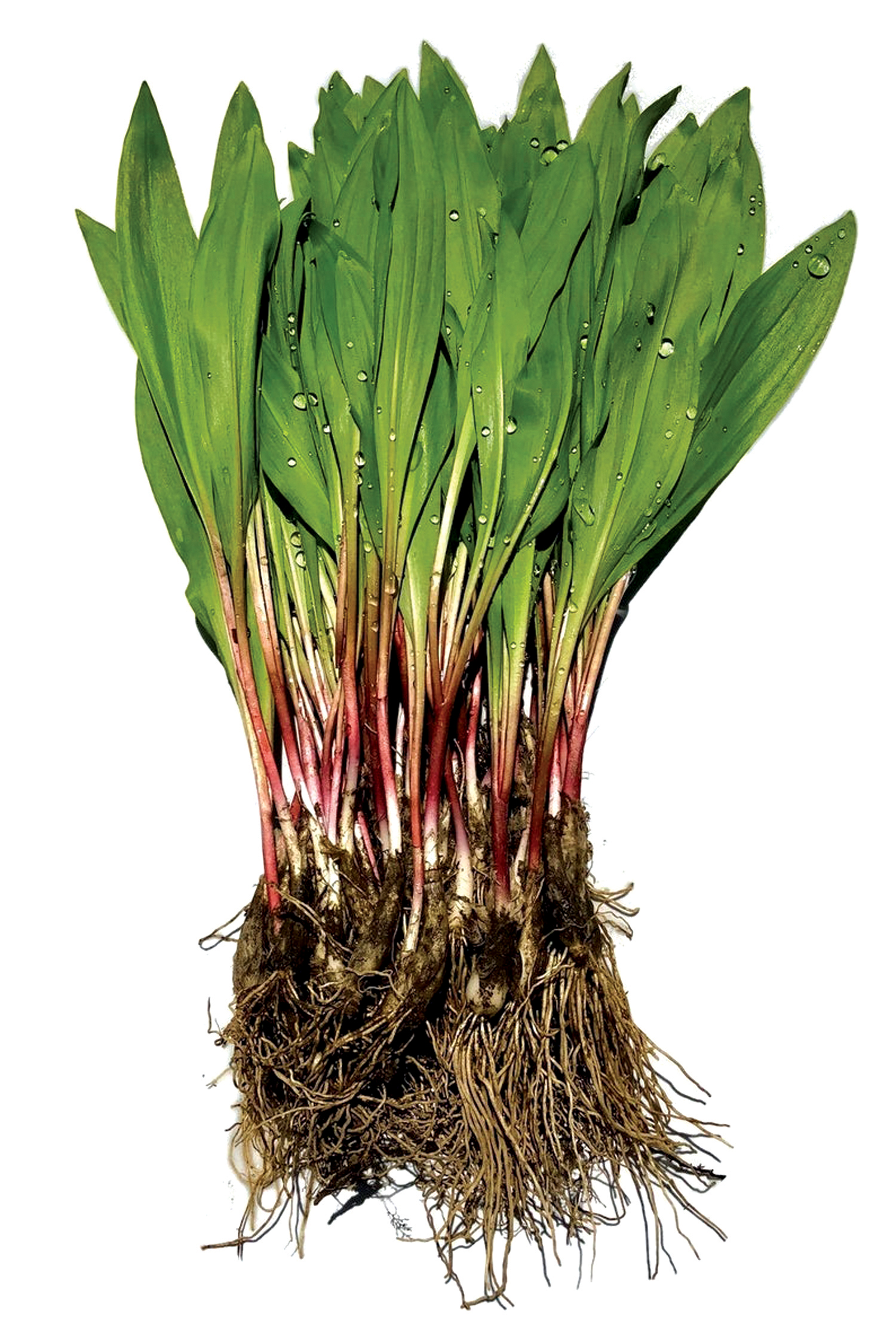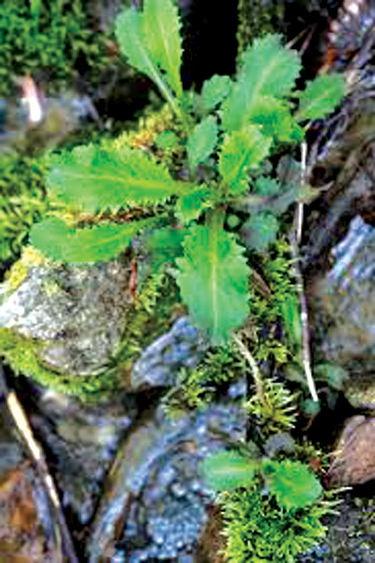East Tennessee Outdoors: Ramps and Branch Lettuce
Published 12:10 am Friday, March 27, 2020



BY DANNY BLEVINS
STAR CORRESPONDENT
Trending
I was in the seventh grade when a student in my class I will call Robert was thrown out of class.
Robert was not a mean kid. In fact, he was one of the smartest students in our class. Robert’s problem that day was that he smelled so bad you could get a whiff of him 50 feet away.
We all knew what was wrong, and we were laughing about it when our teacher walked into the classroom. She did not think it was funny and threw Robert out of class. She said it was so we could all breathe.
You see, poor old Robert had eaten his fill of ramps the night before and everyone knew about it when they walked by him.
Little Robert was forced to call his parents and they came and took him home until the scent got out of him, but it always seemed unfair to me. He was just eating a ramp!
Ramps are pungent edibles that are one of the first plants to grow in the springtime. I always looked forward to them as a child because I knew we were going to have ramps, branch lettuce, fried potatoes and cornbread for supper at least once the week they were large enough to harvest.
Trending
Ramps have been harvested in the Appalachians since the first Long Hunter came across the crest of the Appalachians exploring the new territory that would become North Carolina and Tennessee.
Later, when settlers came to the “West” or the area beyond the crest of the Appalachians, they dug them as an important source of nutrition. The vitamin C in them alone helped the settlers avoid ailments such as scurvy.
They also used the plant as a spice to bring out the flavor of the meats and vegetables that were in their daily diet.
Ramps usually grow best at between 2600-3000 feet, and East Tennessee is the perfect climate for them. I have seen them grow so thick that they look like a carpet on the forest floor, but over-harvesting them has made that image rare.
The plant itself is very nutritious and is a form of a leek. It is like eating a strong onion and a piece of garlic combined, and after you eat some of these, the smell will stay in the pores of your skin for the next day or two.
In some ways, ramps are a way to cleanse the system by forcing toxins out of the skin.
Most modern ramp eaters will eat them with branch lettuce. Branch lettuce is not even lettuce but a perennial plant.
Cooks take the branch lettuce and wash it well, making sure that the lettuce is clean of bugs and forest debris. Next, the lettuce is “killed” by pouring hot grease from bacon or a piece of fat onto it.
Then the ramps are cut up in the lettuce to spice up the flavor of the lettuce.
Add a pot of pinto beans, fried potatoes, and cornbread, and you have a feast for a king. Eating this meal will make both your belly and tongue thank you.
An ethical way to harvest ramps is to find them and dig down toward the head of the plant. You can cut the plant at the root and cover the root back up, and the odds of this plant growing back are very high.
You can also dig up the plant with the root still attached and remove the roots at home and set them out with a slight layer of dirt on them. In the next year or two, you should have ramps growing where you set them out.
Branch lettuce can be harvested by cutting the plant just above the root and leaving the root to grow back the next year. We usually go to the same places year after year and harvest branch lettuce leaving the root for the next year’s harvest.
Ramps and branch lettuce are a part of our heritage, and if you can put up with the smell, they are delicious.
Give them a try but expect people to avoid you for a few days once you do.









